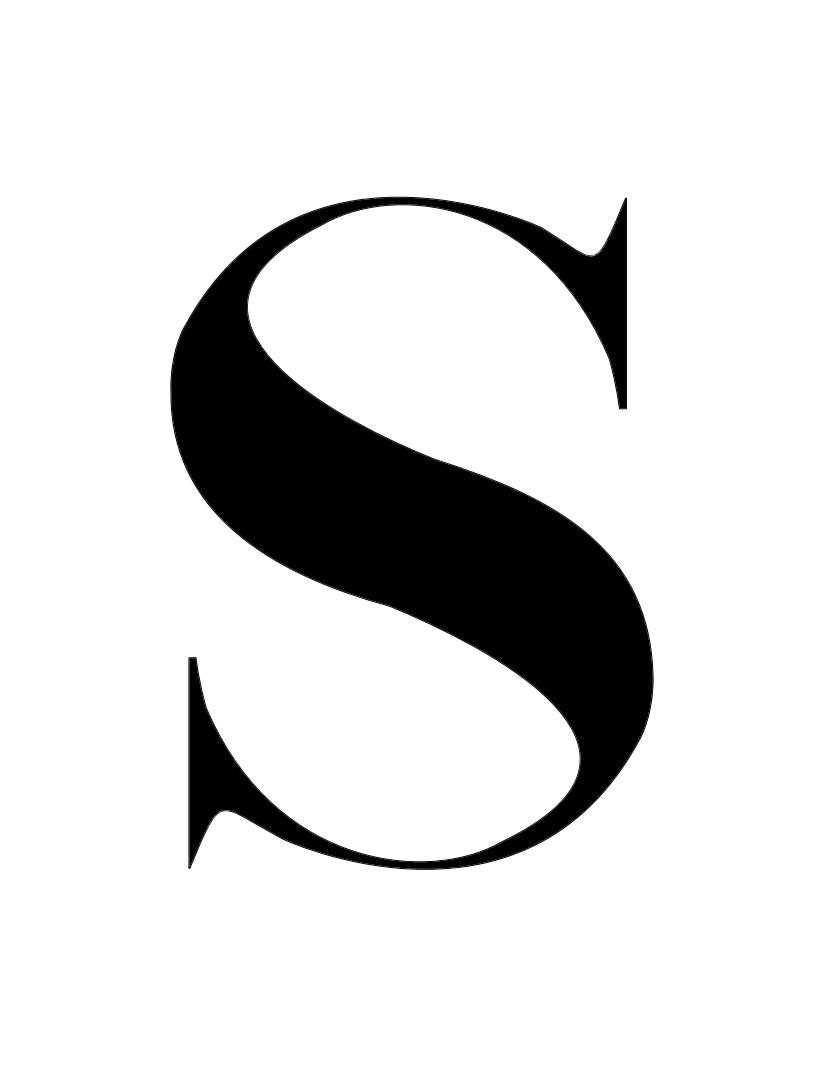The art of journaling can be surprisingly daunting for many. The idea of having to maintain a journal consistently can be quite exhausting and unpleasant, and people often even have concerns about starting one in the first place due to a fear of “ruining” their pretty notebooks. These are very valid concerns, and because I have faced them myself, it is important for me to put it out there that journaling is supposed to be liberating. It is a form of art, and thus should not be expected to come attached with a set of rules.
While being consistent with your journaling is a very good thing, it is not necessary to keep up with it every single day. Instead, focus on using it whenever you feel like you have something to say, or when you simply want to express yourself. As for the concerns about destroying your notebooks, if it helps, start with a plain notebook that you are more comfortable experimenting with, and give yourself permission to use it freely.
Journaling does not just have to be you writing simple paragraphs upon paragraphs on ruled paper. Allow yourself to experiment with different ways of writing and decorating your journal. Keeping a journal can be incredibly helpful as it promotes the expression of thoughts, feelings, and emotions in a healthy way. It can also help the writer practice reflection and mindfulness. Here are eight different types of journaling that you can try out to see what fits you best.
- The Art Journal
- The Dream Journal
- The Reading Journal
- The Gratitude Journal
- The Letter Journal
- The One-Line-A-Day Journal
- The Catharsis Journal
- The Progress Journal

1. The Art Journal
This one is my favourite type of journaling by far. It allows you to essentially do whatever you want. No rules, no guidelines. Think of it as a visual diary. While written words always look pretty on paper, they are not necessary for an art journal. You can cover those pages in all sorts of things: doodles, drawings, paintings, collages, stickers, washi tape, newspaper or magazine cut-outs, origami, and pretty much anything that you can manage to fit on the page. Be as messy or crazy as you want to be, and feel free to carry these elements over to the other types of journals if you think that is something that you would enjoy.
2. The Dream Journal
Dream journals are mainly used to keep a record of what you experience in your dreams. While you can do the actual journaling later, it is important to make a note of your dreams the moment you wake up to preserve whatever you remember. It is a reflective form of journaling, and it can help you analyse your dreams and find recurrences and patterns which can be useful for interpretation. You can add drawings and images that represent the dream or any symbols within the dream.

3. The Reading Journal
This one is for all my fellow bookworms. It can be really fun to dedicate journals to your favourite stories and characters. Fill those pages up with how you feel about the characters, what you think of the plot, your observations, and any analyses you might have. You can even draw maps and visual representations of things such as family trees, plot development, relationships, etc. that you think are worth noting. This type of journal is a great addition to books that you want to pay special attention to.
4. The Gratitude Journal
This type of journal is not for everyone, and that is okay. Sometimes you just cannot get yourself to feel grateful about things, especially when life is going upsettingly. I strongly believe that gratitude should flow naturally from within and cannot be forced. It is good to maintain a small one even if you rarely feel grateful. It can help to note down the little things that bring you some sort of peace or even a quick smile during your day. The world is a bit of a mess, but it houses a lot of wonderful things that are worth your attention. Make note of what you value.

5. The Letter Journal
Keeping a letter journal can be extremely therapeutic, especially for talking about things that you do not feel comfortable sharing with anyone but yourself. Write a letter to your younger self or your older self and allow yourself to be as authentic as possible about your current experiences. Whether you are writing about hopes and dreams or disappointments and regrets, be open and honest. Some people see their past and future selves as entities separate from themselves, and this type of journaling can be quite soothing for those who experience this.
6. The One-Line-A-Day Journal
This one is much easier to be consistent with; all you have to do is write one line every day. It can be a thought, a quote, an epiphany, or anything that stood out to you that day. The value of this sort of journal increases over the years as these short additions come together to form something beautiful—it tracks your growth in a sweet and simple way. After a bad day, it encourages you to find something worth noting, and after a good day, it encourages you to condense your experiences into one meaningful line.

7. The Catharsis Journal
The main purpose of this type of journal is simply to allow you a space to vent and release all negative emotions. A lot of people do not feel like sitting down and journaling when they are really upset because they want to avoid spoiling their pretty journals with an onslaught of unsightly things. It is understandable. Rather than skipping out on the chance to express your emotions, keep a simple journal handy only for the times when you need to simply let it all out without thinking twice. You can release those negative emotions without worrying about ruining your journal.
8. The Progress Journal
This type of journaling is great for keeping track of your progress with different hobbies and activities. You can write your achievements, observations, and general notes about whatever it is that you are practising—be it meditation, writing, piano, coding, learning a new language, or anything else. Having a written and/or visual representation of your progress helps you stay motivated and understand your strengths and weaknesses better. It is also really nice to be able to flip through an old progress journal and see how far you have come.
The most important thing about journaling is that you do it in a way that helps you and makes you happy. There are no rules. Just find a blank notebook and make it your own—embellish its pages with everything that makes up who you are. Have fun, and all the best with your journaling journey.










